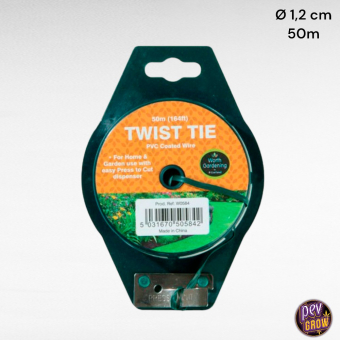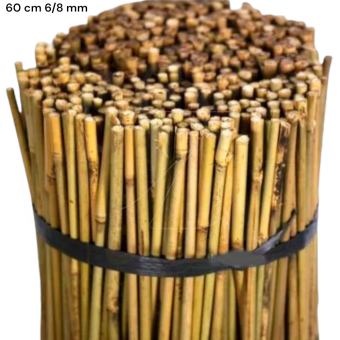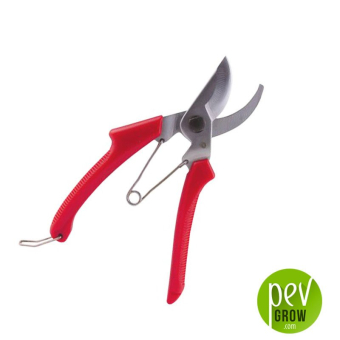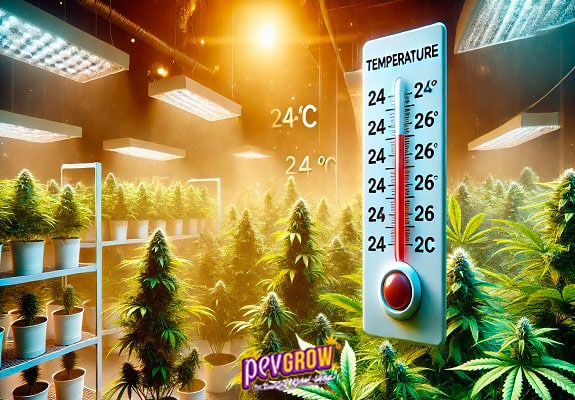- Discover how to apply Low Stress Training (LST) on autoflowering plants to increase yield and quality of your crops. Learn techniques, tips, and advanced tricks for successful cultivation.
- How to germinate autoflowering marijuana seeds
- Best autoflowering sativa seeds
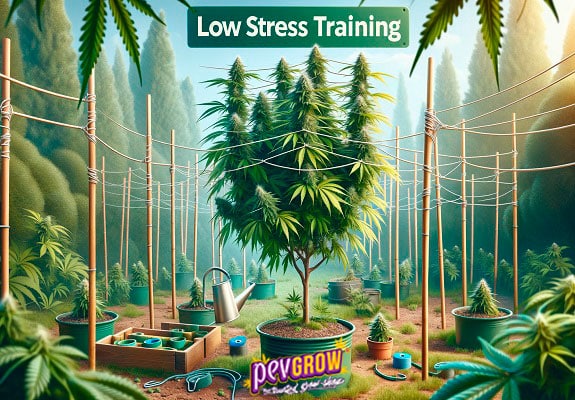

In constant struggle for the regulation of cannabis, mainly in the medicinal field.
30-05-2024 06:48:52 - Updated: 30 May, 2024
Low Stress Training (LST) is a cultivation technique that allows maximizing the yield of cannabis plants without causing them significant stress. This technique is especially useful for autoflowering seeds, which have a fast life cycle and do not respond well to more aggressive training methods. In this complete guide, we will explain in detail what LST in autoflowers is, how it is done, the benefits, the best times to perform it, practical tips, advanced tricks, and answers to frequently asked questions. Get ready to take your cultivation to the next level!
1. What is LST (Low Stress Training)?
Definition and Objective of LST
Low Stress Training (LST) is a technique of physical manipulation and gentle training that involves bending and tying the branches of cannabis plants to create a flatter and more open growth structure. The main goal of LST is to maximize light penetration and improve airflow throughout the plant, which in turn can increase yield and bud quality.
Basic Principles of LST
- Branch Flexibility: LST relies on bending the young and flexible branches of the plant instead of cutting them.
- Light Distribution: By opening up the plant structure, it ensures that all parts of the plant receive light evenly.
- Better Air Circulation: A more open plant allows for better airflow, which reduces the risk of diseases and pests.
2. Why Use LST on Autoflowers?
Autoflowers have a short life cycle and cannot be kept in the vegetative phase like photodependent varieties. This means there is no time for the plant to recover from high-stress training techniques such as topping or FIM pruning. It’s not that autoflowers can’t be pruned, it’s just not worth it because it does not improve yield.
Advantages of LST in Autoflowers
- Minimizes Stress: LST does not cause a significant level of stress, allowing autoflowers to continue growing without interruptions.
- Maximizes Yield: By improving light penetration and airflow, LST can significantly increase the overall yield of autoflowers.
- Ease of Implementation: LST is easy to apply and does not require complicated tools or advanced techniques.
3. When to Start LST on Autoflowers?
Ideal Time to Start
LST should start early in the plant’s life cycle, usually when the plant has between 4 and 5 nodes. At this point, the branches are still flexible and easy to bend without the risk of breaking. It should be noted that not all strains are the same, some are more precocious and may benefit from applying this technique earlier, and in others, it may be better to do it a bit later.
Growth Stages
- Early Vegetative Phase: Start LST as soon as the plant has about 4 nodes.
- Continuous Growth: Continue adjusting and tying the branches as the plant grows.
4. How to Apply LST on Autoflowers
Required Materials
- Training wire, gardening ties or garden thread
- Stakes, bamboo tutors or pot anchors
- Pruning shears
- Gardening tape (optional)
- Gardening clips (optional)
Detailed Steps to Apply LST
- Identify the Main Branches: Locate the main branches of the plant you want to bend.
- Gentle Bending: Gently bend the branches to the sides and secure them with training wire or garden thread. Make sure not to bend the branches to the point of breaking them.
- Anchoring: Use bamboo stakes or pot anchors to keep the branches in place. Anchor the branches to the edge of the pot or to the ground.
- Regular Adjustments: Check and adjust the ties regularly as the plant grows to ensure that new branches also receive light.
- Gardening Tape: If you accidentally break a branch, use gardening tape to repair it. Most plants can recover if given proper support.
- Gardening Clips: Use gardening clips to hold the branches without damaging them.
Additional Tips
- Avoid Damaging the Plant: Apply gradual and constant pressure when bending the branches to avoid damaging them, don’t be rough, some are very flexible but others are not.
- Maintain Moisture: Make sure the plants have enough water before doing LST, as this improves the flexibility of the stems.
- Monitor Growth: Keep a close watch on the plants to ensure there are no signs of excessive stress, it usually doesn’t happen, but some vulnerable strains might wilt a bit or in the most extreme cases show hermaphroditism.
5. Results and Expectations
LST can result in broader and bushier plants with multiple main colas, rather than a single dominant tip. This can significantly increase yield, as more buds receive direct light and grow evenly. An autoflowering plant trained with LST can produce up to 20-30% more yield compared to an untrained plant. The buds are usually denser and more uniform, with better resin distribution.
Advanced Tricks for LST in Autoflowers
- Rotate the Plant: Rotate the pot periodically to ensure that all parts of the plant receive light evenly.
- Light Defoliation: Remove some large leaves that block light to the lower branches, but do it carefully to not overly stress the plant.
- Light Supercropping: If you have experience, you can try light supercropping to improve light penetration without causing significant stress.
- Use of Training Nets (ScrOG): Combine LST with a training net to maximize the horizontal growing area and improve light penetration.
Conclusion
LST is an effective technique for maximizing the yield of autoflowers, improving light penetration and airflow without causing significant stress. By applying LST, growers can expect healthier and more productive plants, with high-quality buds. With proper practice and care, LST can transform your autoflowering cultivation and take it to a new level of productivity. By following this detailed guide, you will be well-equipped to implement LST in your cultivation and reap the benefits of this low-stress technique. By the way, before you leave here, it wouldn’t hurt to take a look at this other article talking about the best fertilizers for autoflowers, it’s sure to help you get a better harvest. Happy growing!
Frequently Asked Questions (FAQs)
When is the best time to start LST on autoflowers?
The best time to start LST on autoflowers is when the plant has about 4 nodes, depending on the strain. At this stage, the branches are still flexible and less likely to break.
Does LST cause any kind of stress to autoflowers?
LST is a low-stress technique, but it can still cause a minimal amount of stress to the plants. However, this level of stress is much lower compared to high-stress techniques like topping.
Can I combine LST with other training techniques?
Yes, LST can be combined with other low-stress techniques, such as light defoliation, to maximize light and airflow. However, avoid high-stress techniques that may hinder the growth of autoflowers.
What are the best tools for performing LST?
The best tools for LST include training wire, gardening ties, bamboo stakes, and pruning shears. These allow you to bend and secure the branches without causing damage.
Does LST work on all autoflowering strains?
LST is effective on most autoflowering strains, but some strains may respond better than others. It is advisable to research the specific strain you are growing, but you should know that those with sativa or hybrid genetics are better than those with indica genetics.

